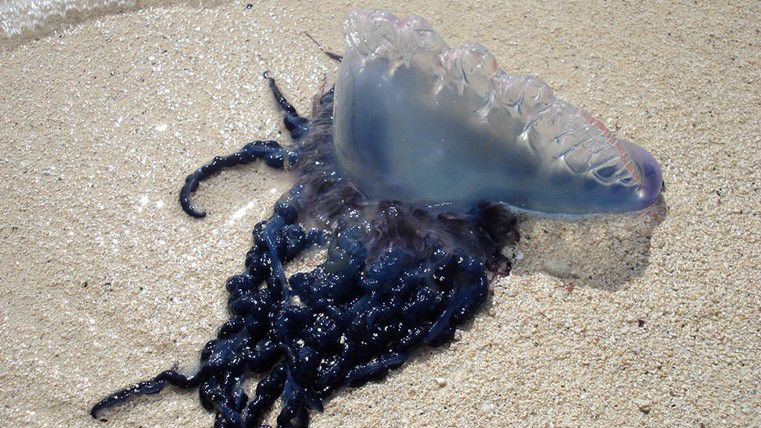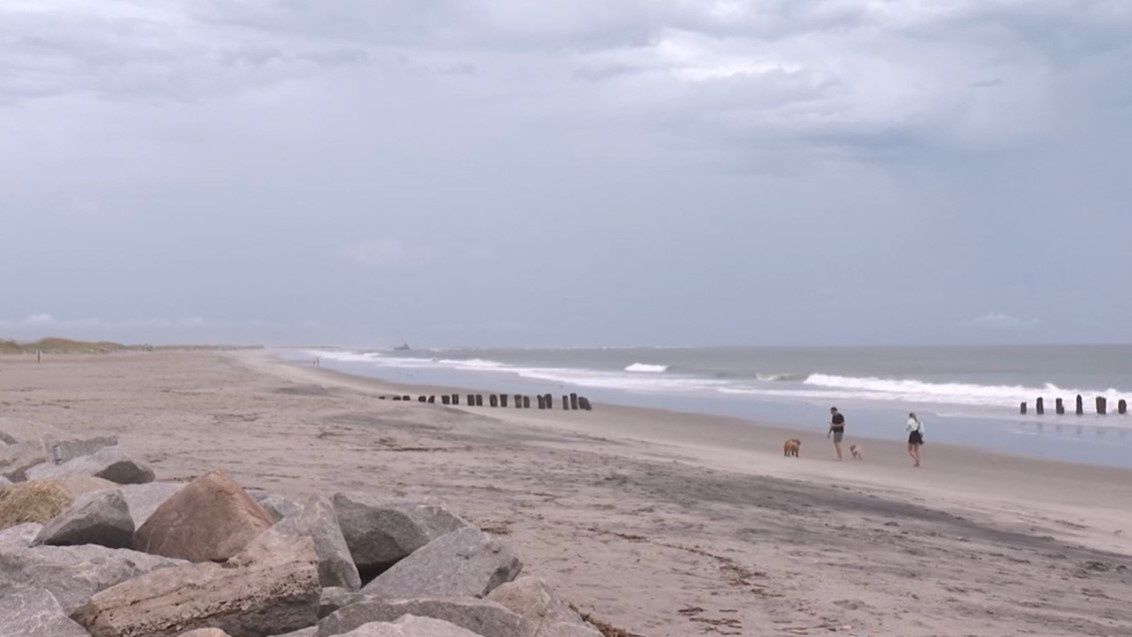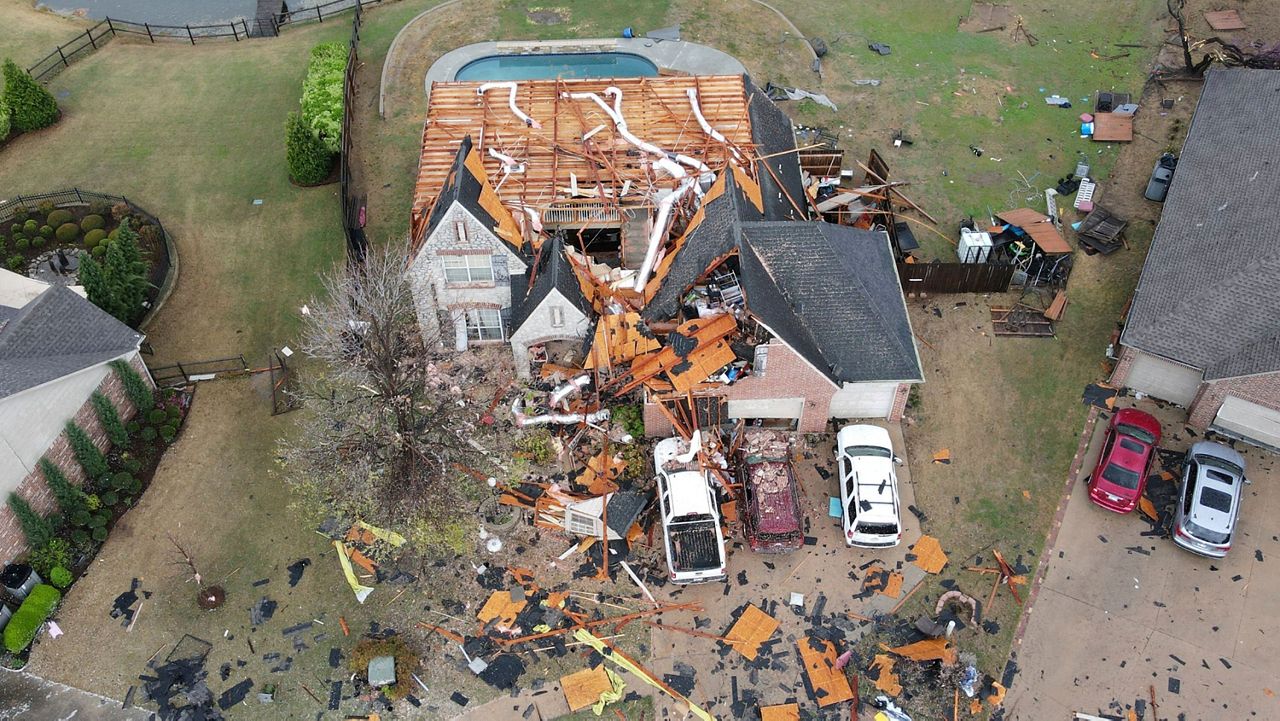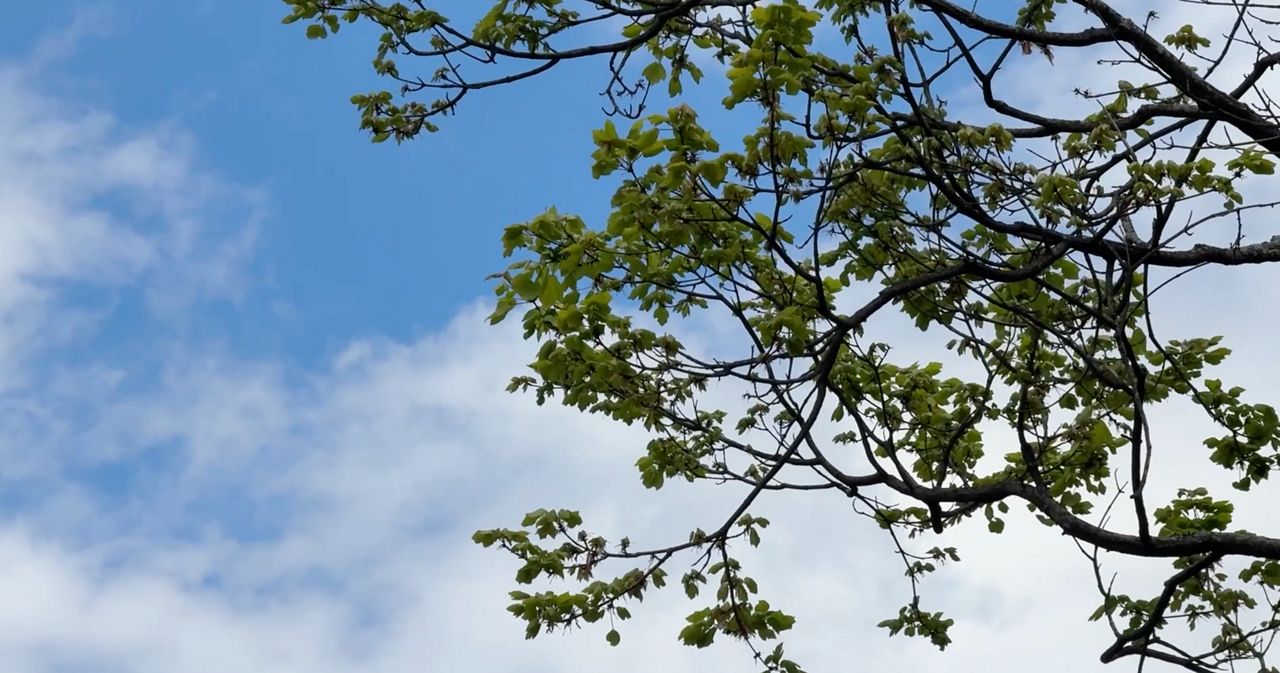Harmful algal blooms happen all over the state and are especially common as the weather starts heating up. These blooms can be harmful to marine life and even humans and pets.
In Wilmington, a boat house already had to close this season after hundreds of fish were found dead from the blooms and floating in the water.
Harmful algal blooms occur when algae grows out of control and produces toxic effects on animals, including humans
The National Oceanic and Atmospheric Administration says these blooms are a growing problem in every United States' coastal and Great Lakes states
A harmful algal bloom in Wilmington killed hundreds of fish

Rob Clark, the water quality programs manager for the Cape Fear River Watch, has seen plenty of interesting things on the job, but he wasn’t expecting to see hundreds of dead fish across multiple species in Greenfield Lake.
“If you have a fish kill, and it’s only one species, you know you might be able to attribute that to something that those specific species is susceptible to,” explained Clark. “But when you have all different species, that’s concerning because it’s probably something pervasive in the environment that’s leading to that.”
Some initial testing showed the water had extremely low levels of dissolved oxygen, making an algal bloom the prime suspect.
“You could have a non-toxic algal bloom, which is just excess algae that as it decays, decreases the dissolved oxygen levels in the water,” Clark said. “But you can also have what’s called a harmful algal bloom, which are very specific kind of algae which produce very specific toxins which are harmful to organisms.”
A harmful algal bloom is not only dangerous to fish, but humans and other animals, like dogs too. That’s why the Cape Fear River Watch is airing on the side of caution.
“Better safe than sorry is how we operate, and we wanna make sure people are safe while they’re enjoying the beautiful lake,” said Clark. “Because it is a beautiful lake and we wanna make sure that it’s in the best condition that it is.”
The boat house is now back open, but Clark says it’s still important to take precautions against these blooms. He says what happens upstream impacts downstream, meaning pollutants in runoff water can impact these blooms as well.










